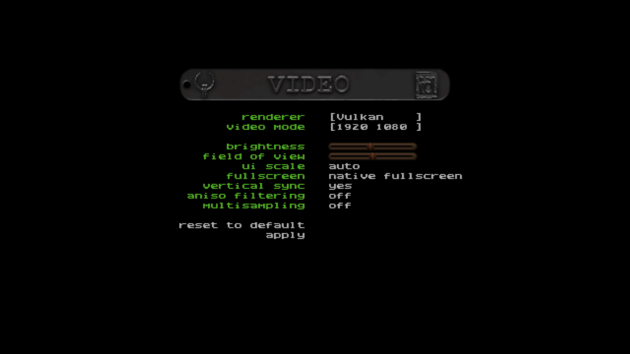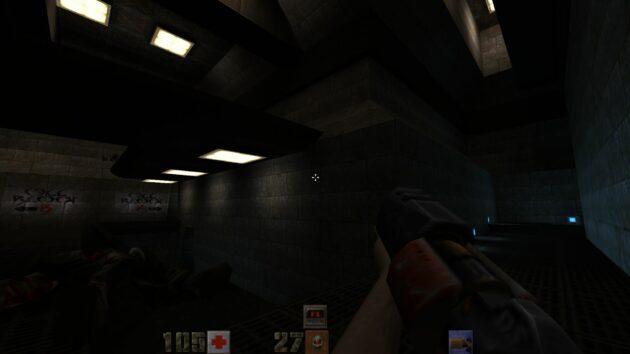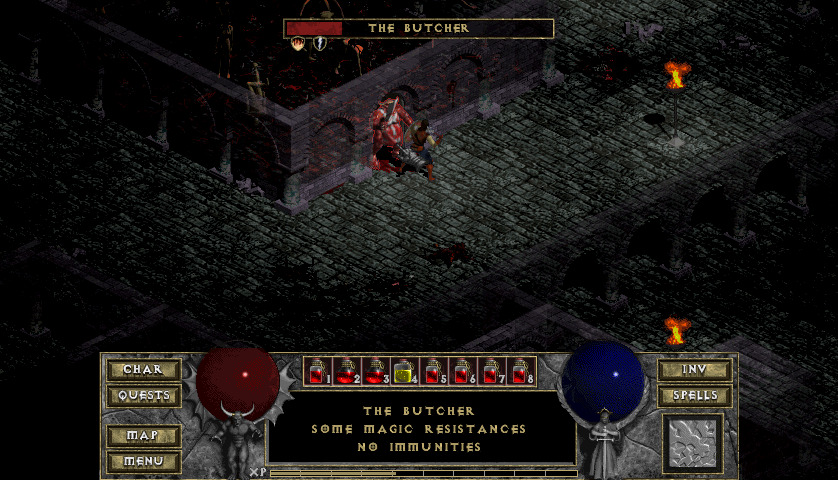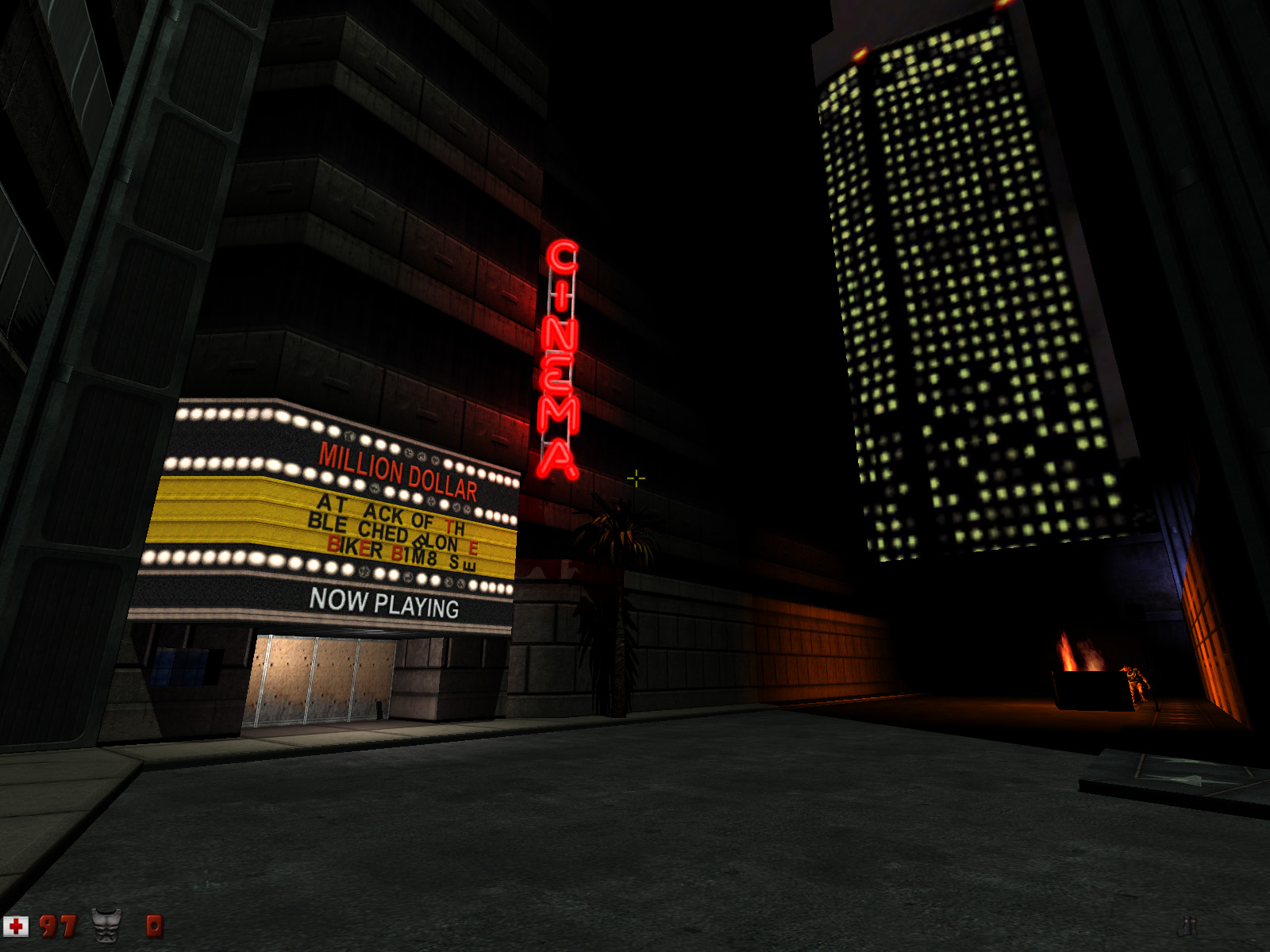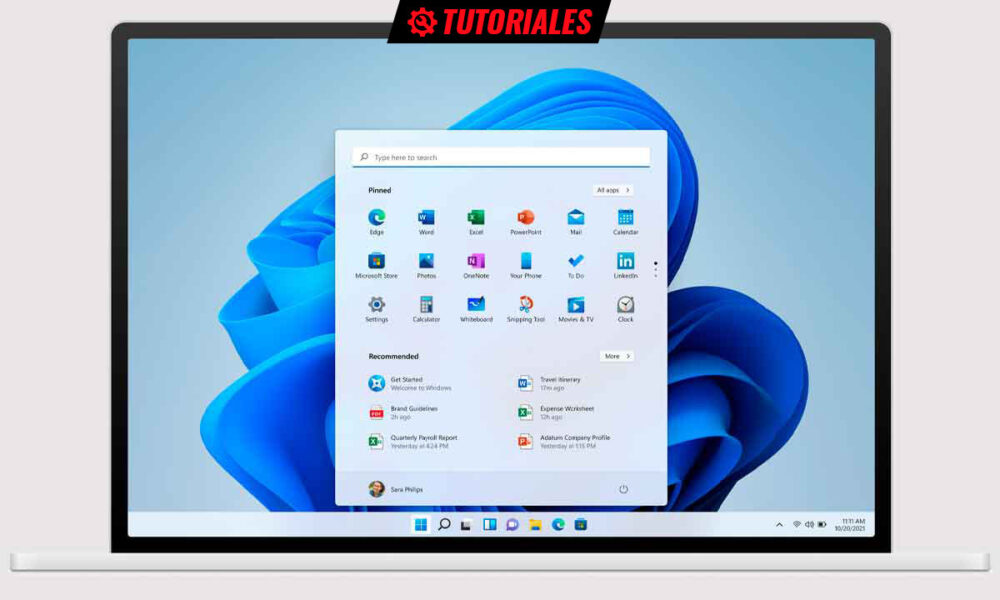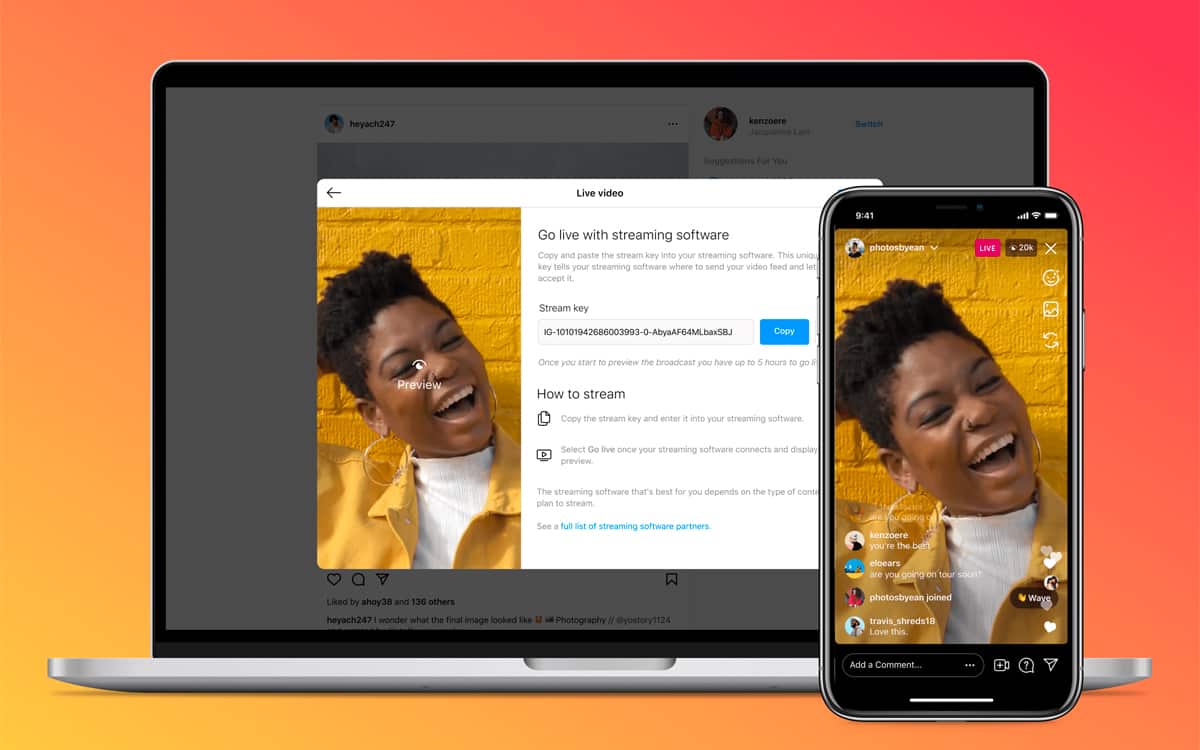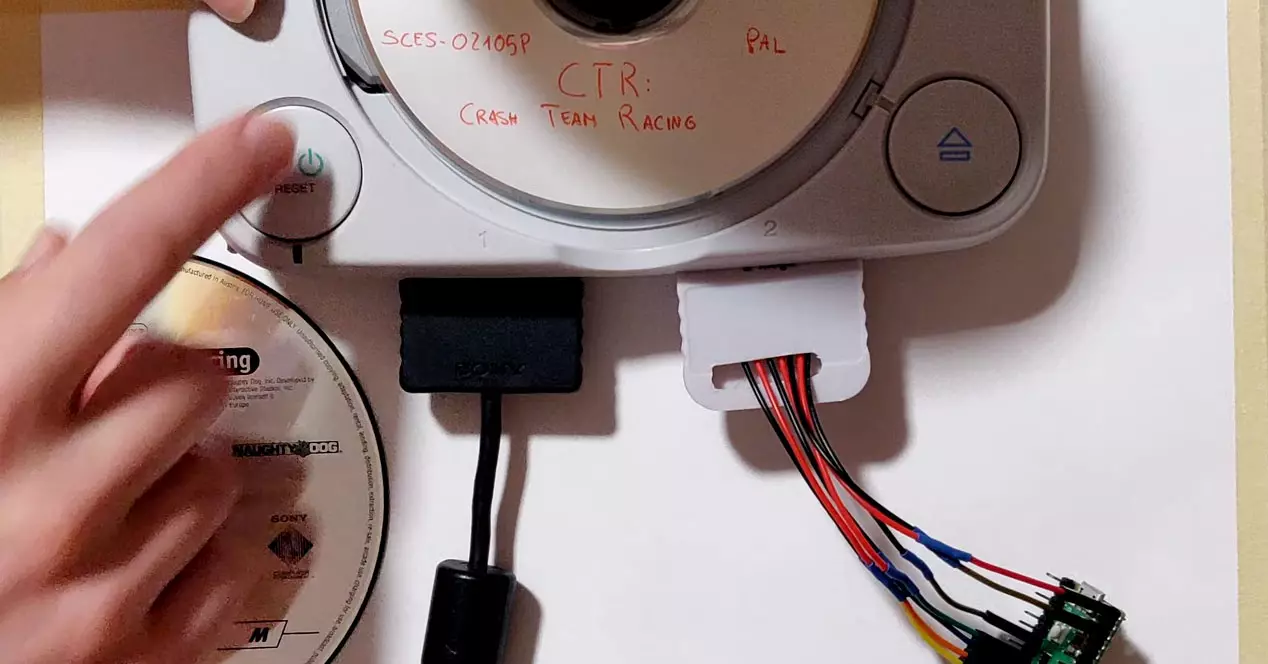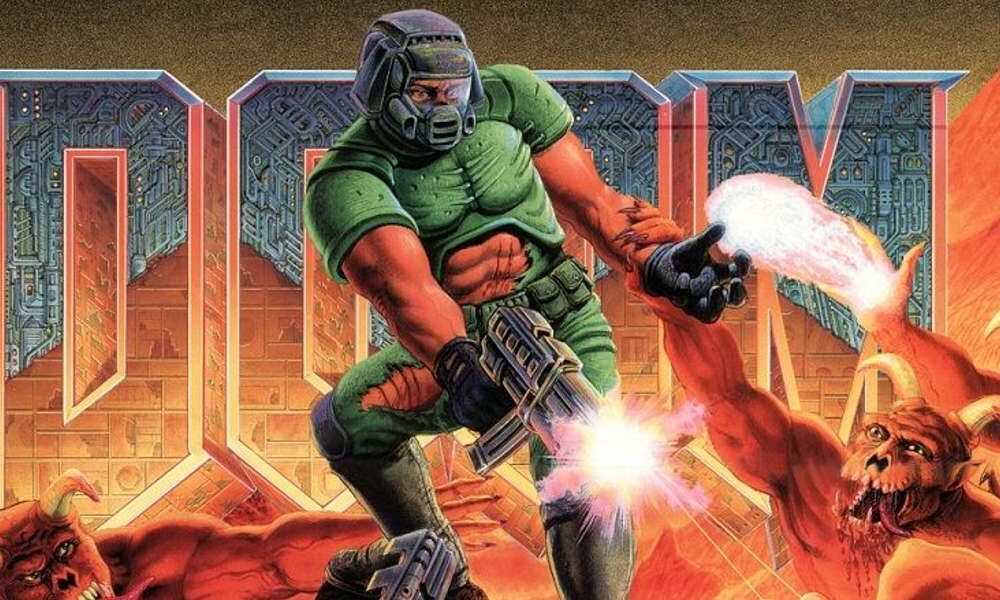
The video game, like the cinema, have lived for a long time submerged in a lack of ideas. The evolution in playable terms has been rather little since the generation of 128-bit consoles, which came to light 20 years ago. This means that we have essentially played the same game for two decades, with innovation that has focused on graphic quality, effects of dubious utility and making the games themselves bigger, even if that means leaving them a bit empty in some cases.
Being honest, it is not only that video games have evolved little in the playable field in the last twenty years, it is that even today there are many titles from the 90s that have stood the test of time very well, to the extent that some like Resident Evil 2 they have been rebuilt from scratch and modernized to adapt to the new times, but maintaining to a large extent the original essence.
Although remakes and remasters can be great, sometimes you just want to resurrect that classic from the past that you still have a copy of, quite possibly in physical format. Nevertheless, Windows does not always make it easy to run old games or even worse, the user has migrated to another operating system and he has no choice but to risk it with Wine, one of the greatest works of engineering that exists in the spectrum of free software, but also a technology that is difficult to handle for someone who does not have the necessary knowledge.
Do you want to play that game you enjoyed in the past without having to spend any money? Here we are going to mention five projects or developments that may be of interest to nostalgics. We warn you that here Id Software is going to have a lot of prominence and it is not for less, since the developer, in the past, tended to release the source code of the graphics engines and some video games that were obsolete as free software. It’s a shame he lost that habit, because the last things he released were Id Tech 4, Wolfenstein: Enemy Territory, and the Return to Castle Wolfenstein graphics engine (which is ultimately an implementation of Id Tech 3).
Yamagi Quake II
Yamagi Quake II is a Quake II client built from the source code of the engine, which was released on December 22, 2022 under the GPLv2 license. Since then, and as with the Doom engine, anyone who wants it can take it, modify it and redistribute it at will.
It is important to note that this is not the full game, so your content has to be supplied from a copy of Quake II. It is true that the version published on GOG is patched to work on the latest versions of Windows, but Yamagi Quake offers some interesting things.
First of all, Yamagi is cross-platform having builds for Windows, Linux, FreeBSD and OpenBSD, with one for macOS maintained unofficially, so if you have a still-working copy of the CD or have backed it up, you have a chance to resurrect the I play on all three of the big desktop systems. Second, it has Vulkan support along with OpenGL versions 1.4 and 3.2, which open the door to its correct operation even on a Rapsberry Pi mini-PC.
It has surround sound support up to Dolby Surround 7.1, although the game music has to be converted to OGG and renamed to work.
Quake Epsilon
And we go back a little further in time to mention Quake Epsilon, which we echoed a decade ago. This project does offer the early stages of the original game, but the full content, once again, has to be supplied from outside via a copy of Quake.
Basically what Quake Epsilon does is take the DarkPlaces engine and add mods made by members of the Quake One forums to rebuild and improve the experience with the classic Id Software.
The curious thing about DarkPlaces, which is also used by the Xonotic multiplayer shooter and other projects, is that it is a much improved derivative of the original Quake engine, whose source code was released under the GPLv2 license in 1999.
Quake Epsilon offers support for Linux, Windows, and macOS, so there’s no excuse not to reach for that old Id Software essences of hell CD.
DevilutionX
And we change the third to present an r shapeResurrect the original Diablo and its expansion Hellfireas DevilutionX it is a reconstruction of the engine used in those games with multi-platform support.
Those responsible claim that they make the engine easier to run while providing various improvements, bug fixes and some additional features. As in the other examples, they are not the complete video games, but rather these must be supplied through the CD or another copy purchased from GOG, for example.
DevilutionX not only supports Windows, Linux and macOS, but also Android, iOS, Nintendo 3DS and PlayStation 4. However, and although its source code is publicly available, it is licensed under the Sustainable Use License, which is apparently closer to the Shared Source concept than those of Open Source and free software.
Eduke32
Eduke32 is a port published as open source of the Duke Nukem 3D engine. Officially it offers support for Linux, Windows, macOS and FreeBSD, although at this point it shouldn’t be difficult to bring it to other platforms.
This project, like the previous one, is responsible for correcting a large number of programming errors that over the years have become increasingly serious, supports resolutions up to 3,072×2,304 pixels, makes two OpenGL renderers available and has full command line support like what can be found in Quake.
Eduke32 can be used to play Duke Nukem 3D, although its configuration, at least on Windows, can be a bit cumbersome.
GZDoom
GZDoom it is a highly improved and evolved version of the original Doom engine, the one from 1993. Id Software published the Linux version of the graphics engine under the GPLv2 license in 1999, although two years earlier it was already available under a proprietary license. However, the license change to GPLv2 was an important move because it guaranteed freedom on the part of those who want to pick it up and modify it.
GZDoom brings OpenGL support and advanced software rendering capabilities. In addition to the 1993 classic and its sequel, which appeared in 1995, it also supports other titles like Heretic, Hexen, Strife and Chex Quest. As in the previous cases, video games have to be supplied from outside.
Officially it offers support for Windows, macOS and Linux, which adds value compared to versions that can still be found in stores, but in most cases only with a version for Windows.
conclusion
These are just five examples, but in reality there are more ways and means to revive old video games and not only that, but also to provide them with cross-platform support in many cases thanks to free software and cross-platform APIs such as OpenGL.
The good thing about this project is that, thanks to the availability of the source code, they will continue to live as long as there are volunteers willing to continue with the development, so the door is also opened to support future versions of the operating systems or other new ones. that aspire to become widespread in the future, like Google’s Fuchsia.
